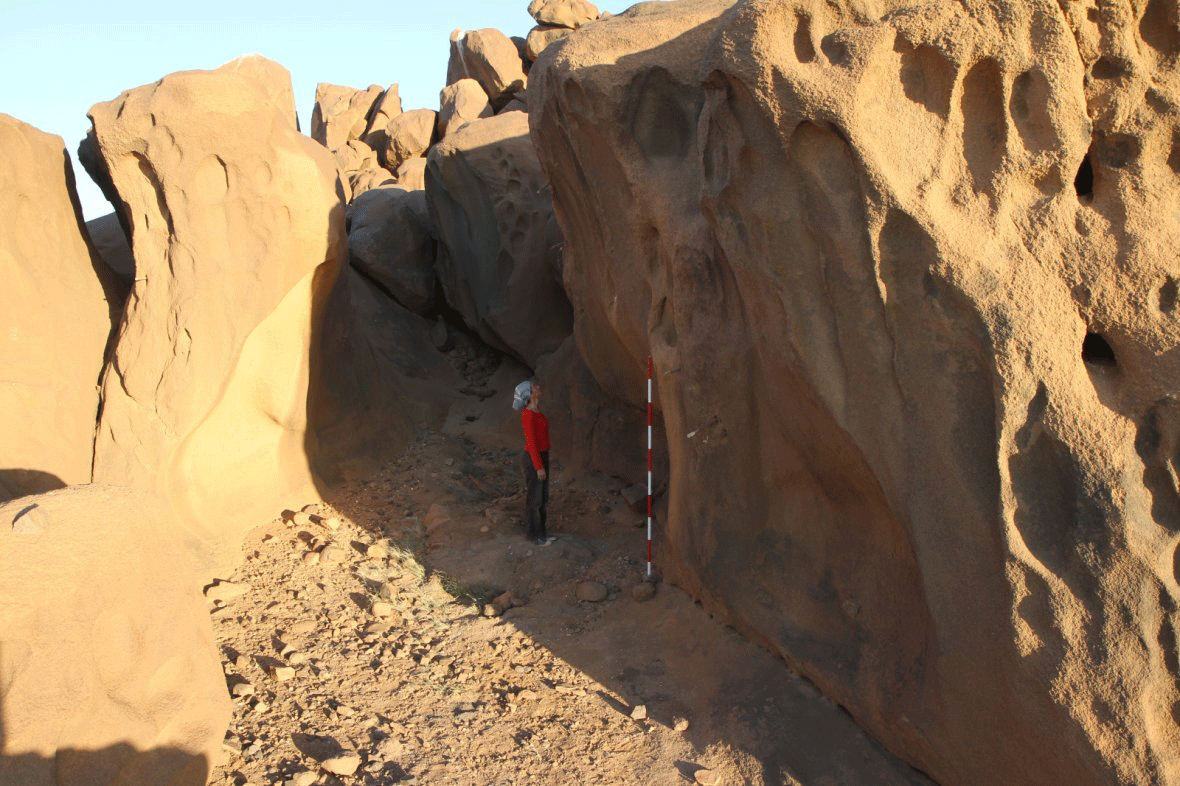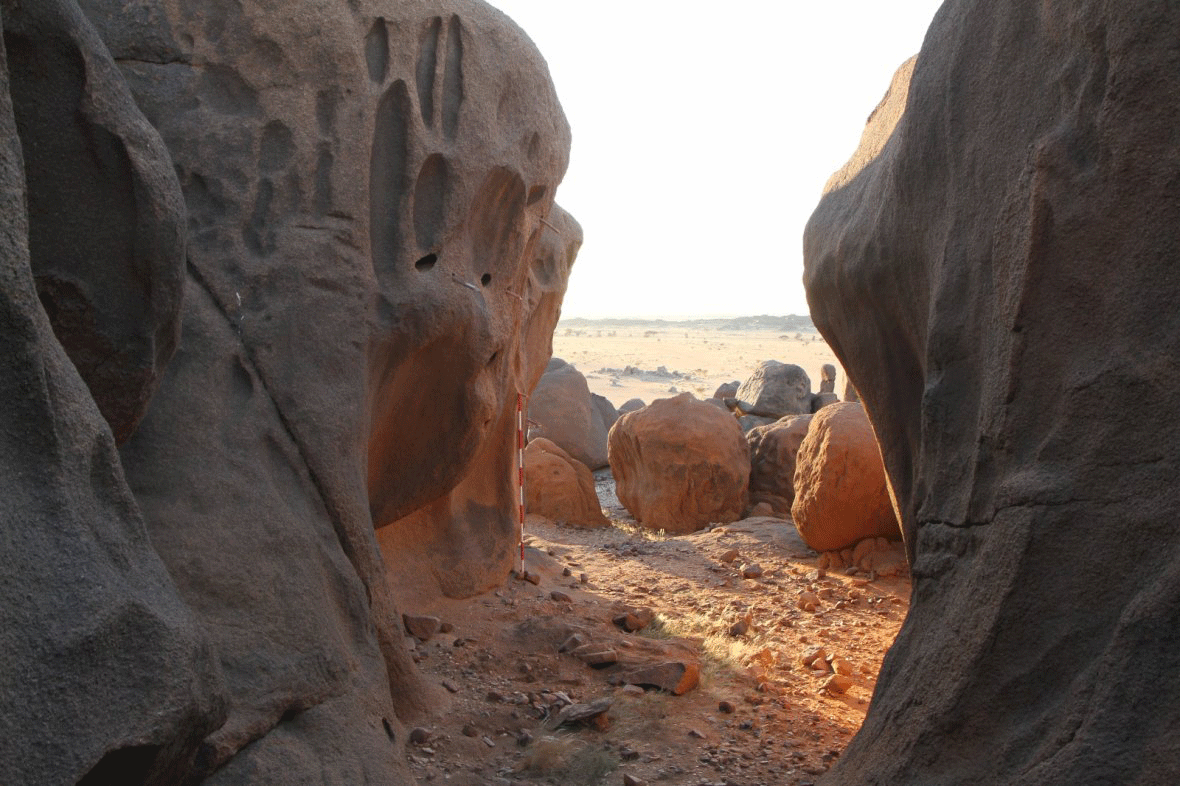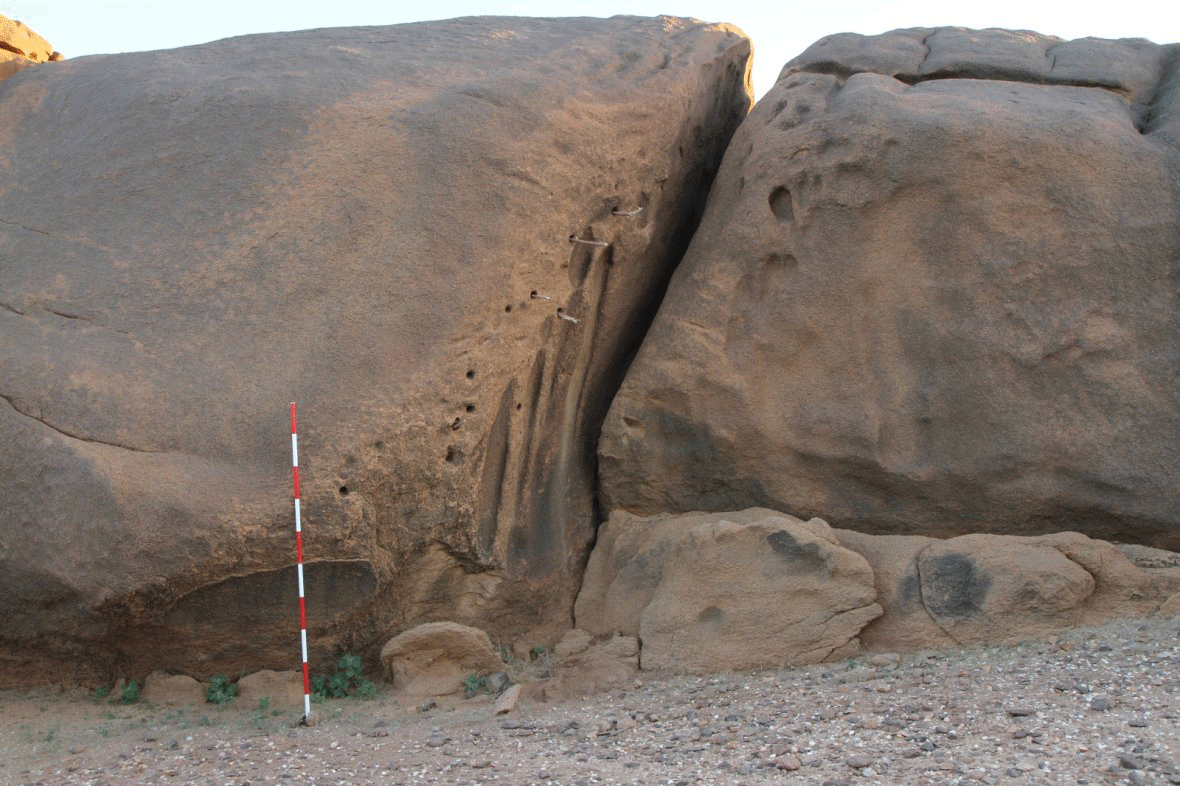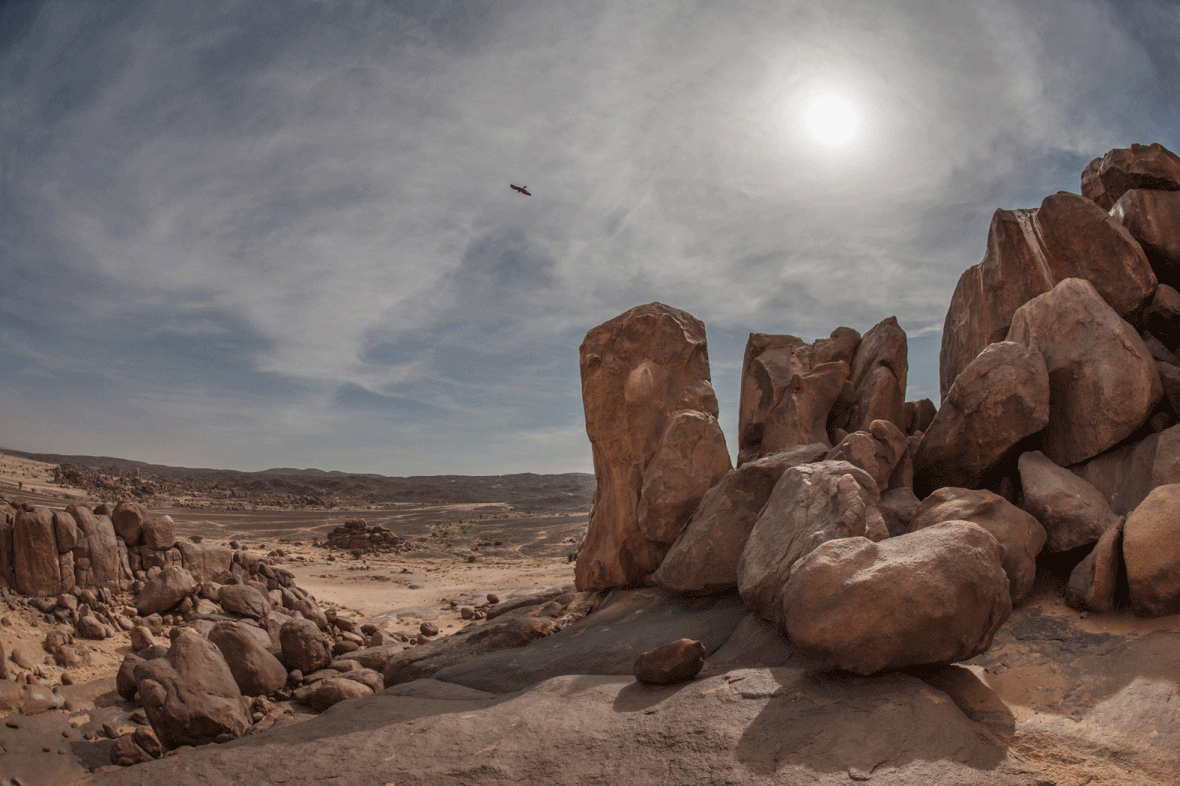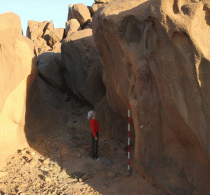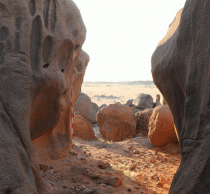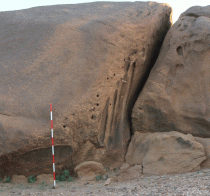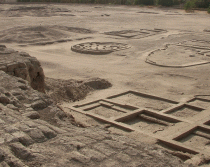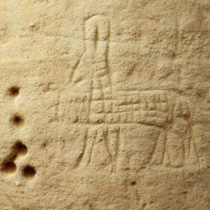Archaeologists in central Sudan believe they have deciphered the purpose of man-made holes in rocks on the west bank of the River Nile. According to a new study the rocks with the holes in question are at the site of Sphinx and scientists believe they served for supporting wooden poles of architectural structures that were used for shelter by people who lived there sometime during the Mesolithic era or later.
The holes have a regular cylindrical shape and a diameter ranging between 40 and 50 mm. They are about 1.3 to 3.2 metres above today’s ground surface. Archaeologists have no traces as to the material used to drill the holes, but they know it mustn’t have been easy, since metal is not often encountered in the area at the time.
In excavations that took place in 2015, archaeologists documented the measurements of the holes in detail and analysed the evidence with the use of photogrammetry, 3D models and photographs. They concluded to the assumption that the holes were used to support an architectural structure firmly anchored to the rocks, with the use of pliable wooden poles made of branches and roots. Mounting shelters on the rock surface would have allowed more space for other activities in the settlement as well as provided shade all day.
Dating of the holes, and consequently the architecture archaeologists believe they served, has not been easy. Archaeologists had to rely on other findings in the area. The site of Sphinx features artefacts which date back to the Khartoum Mesolithic era and to later periods, the Meroitic, the Post-Meroitic and Funj. This makes it difficult for researchers to draw conclusions as to the culture of the people who created them.
The study is published in the journal Antiquity.
